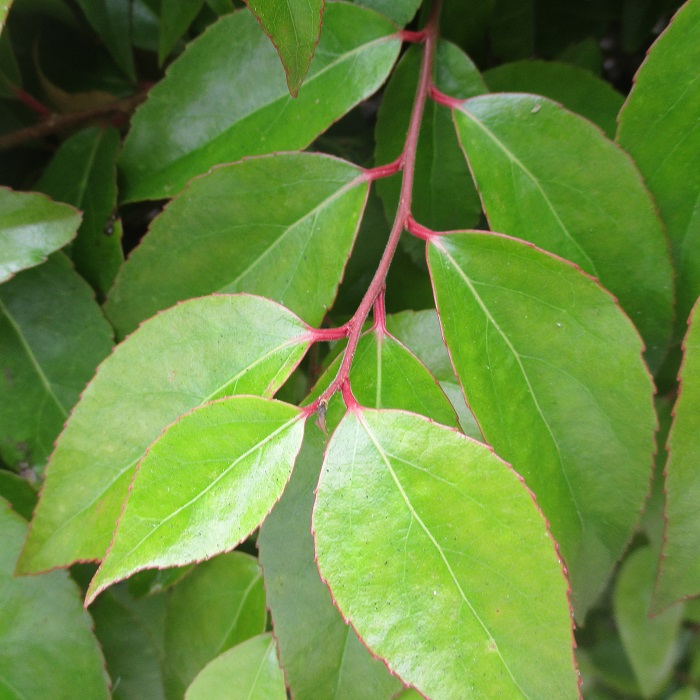UNITED STATES—Garden enthusiasts would understand the temporary nature of nursery cans better if they knew more about how plants grow in nurseries. Few plants actually grow in the retail nurseries that market them. They grow in production nurseries, where efficiency is a priority. Nursery cans, which retailers and consumers refer to as ‘pots’, are the most efficient means with which to contain the crops.
Most nursery cans are thin black vinyl. While plants are small, crowded ‘can to can’ arrangement shades the black vinyl so that it does not get too hot from sunlight exposure. Those on the western and southern edges of a crop might get shade from a temporary row of empty cans or a plank leaned against them. As plants mature and need more space, their growing foliage shades the vinyl.
As plants become marketable, they go from production nurseries to retail and wholesale nurseries. From there, they go to new landscapes and home gardens. Only then do they finally escape the nursery cans that they grew up in, to disperse their roots into real soil. The nursery cans have finished their job. Plants can not live in them forever, even if they continue to live in other types of pots.
What is the difference between nursery cans and other types of pots?
Nursery cans are efficient, but not necessarily comfortable. By the time they are marketable, the plants that they contain are generally about as big as they can get within their cans. If they get any bigger, their roots will be crowded. If too exposed to sunshine, the black vinyl gets hot enough to cook the roots within. Plants prefer to be in the ground, or at least pots that are more comfortable.
Potted plants that will grow bigger should live in pots, planters or other containers that are bigger than the nursery cans that they grew in. Some will want even larger containers as they grow more later. Annuals and plants that will not grow much bigger are not so critical. However, all potted plants that will not shade their own pots appreciate containers that are better insulated than thin vinyl.
Clay pots, wooden planters and even concrete urns are as practical as they are appealing.
Highlight: Shiny Xylosma
As a backdrop for more interesting plants, shiny xylosma, Xylosma congestum, may not get the respect that it deserves. If it seems to be a bit too common in some big landscapes, it is probably because it is so practical. It can function like the strictly shorn hedges that were popular decades earlier, but is a bit more adaptable to modern landscape styles. It can be formal or quite informal.
Formal hedges of shiny xylosma are typically no taller than eight feet, and a bit more plump than old fashioned privet hedges. They can get a bit sparse if kept too lean. Informal hedges are mostly lower and plumper, with casually irregular surfaces and no corners. Old shiny xylosma can grow as a small tree more than eight feet tall. Younger specimens are of the shorter cultivar, ‘Compacta.’
Established shiny xylosma is surprisingly resilient. Roots disperse impressive distances to reach moisture so that old specimens can survive without direct irrigation. Although, they prefer regular watering. Overgrown specimens can eventually regenerate nicely from coppicing or pollarding. The main disadvantage is that vigorous new growth will likely develop concealed but sharp thorns.
Horticulturist Tony Tomeo can be contacted at tonytomeo.com.







